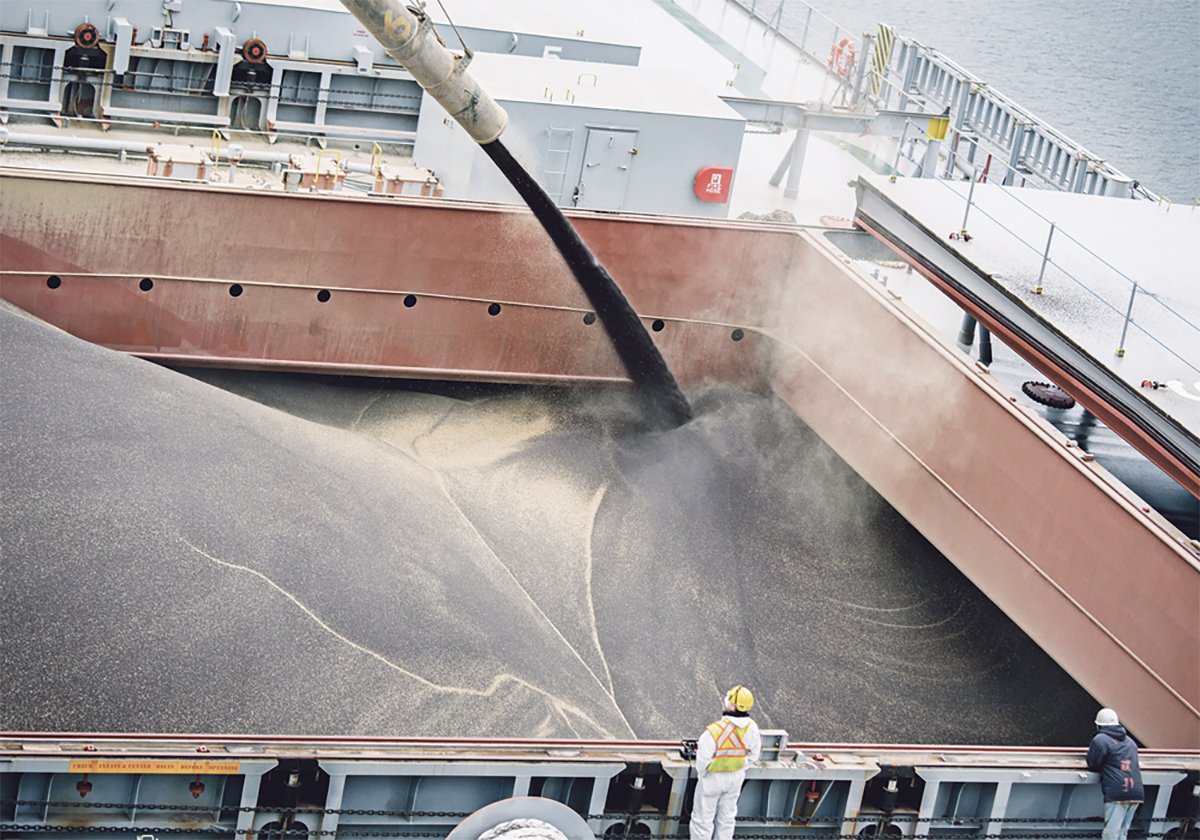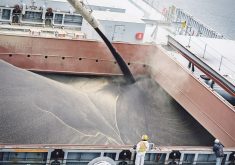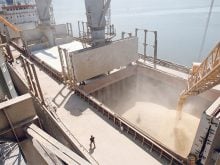What could be the longer term implications of the debt crisis and slow-to-no growth problems of the United States and Europe?
- The U.S. and most of Europe are suffering from the same problems. Economies are stagnant but after years of budgetary deficits governments have little capacity to engage in more stimulus spending.
Indeed, the pressure to reduce deficits means governments will cut spending and services and pull money out of their economies, creating a drag.
Although economic activity could perk up in the second half of the year as the supply disruptions caused by the tsunami in Japan are overcome, generally there could gloomy outlooks for economic and job growth for several years.
- There will be some pressure in the U.S. for a third round of quantitative easing. This is basically printing money. The Federal Reserve creates money and uses it to buy bonds from commercial banks. They lend it out, increasing the money supply and stimulating the economy.
However, there are headwinds against trying this again because many believe the first two rounds did not help fix the economy and there is the potential for it to spark inflation. Inflation pushes up the price of commodities.
If there is a QE3 and it does generate inflation, there are worse things to be than a producer of agricultural commodities.
- Canada is doing better than other G-7 industrialized countries with low debt, only a modest deficit and a plan to eliminate it by 2014-15 and unemployment at 7.2 percent compared to 9.1 percent in the United States.
But interest rates are now less likely to rise in the second half of the year than had been widely predicted. Low rates will be needed to keep the Canadian economic recovery on track.
- Corn prices will likely hold up well, providing a strong floor for other crop prices. The U.S. Department of Agriculture on Aug. 11 updates its forecast of the size of the U.S. corn crop and other crops.
It was expected to show that July heat shaved bushels from projected yields, keeping the supply-demand balance tight.
However, if the U.S. tips back into recession it would likely reduce ethanol and meat demand, and that would reduce the demand for corn, a negative for prices.
- Canola is down about 10 percent from this year’s high for more than $600 per tonne set in early June, but its price is still strong compared to recent years.
Even without the economic turmoil, its price would have dropped to some degree because of generally good summer weather and the approach of harvest.
- With almost no growth in the U.S. or Europe, the world’s economy will continue to look to China and other emerging markets for momentum.
Even with several inflation-fighting policies in place, China’s economy grew at 9.5 percent year-on-year in the second quarter.
India is growing at more than eight percent annually.
The slow-growth U.S. and fast-growth China scenario give credence to the World Bank’s prediction earlier this year that China’s economy will surpass the U.S. by 2030.
It is good that Canadian agriculture minister Gerry Ritz is regularly visiting China to help press for resolution of various lingering trade barriers.
- The likelihood of major spending cuts in the next U.S. farm bill is increasing. With a special committee of the U.S. Congress delegated to find trillions of dollars more in spending cuts, farm programs can’t escape scrutiny.
Read Also

Exports off to a slow start after last year’s torrid pace
Canadian grain, oilseed and pulse exports are off to a slow start, but there are some bright spots, according to the Canadian Grain Commission’s most recent weekly export data report.














